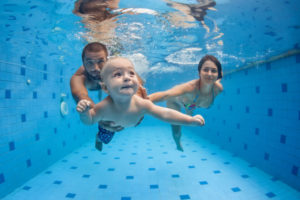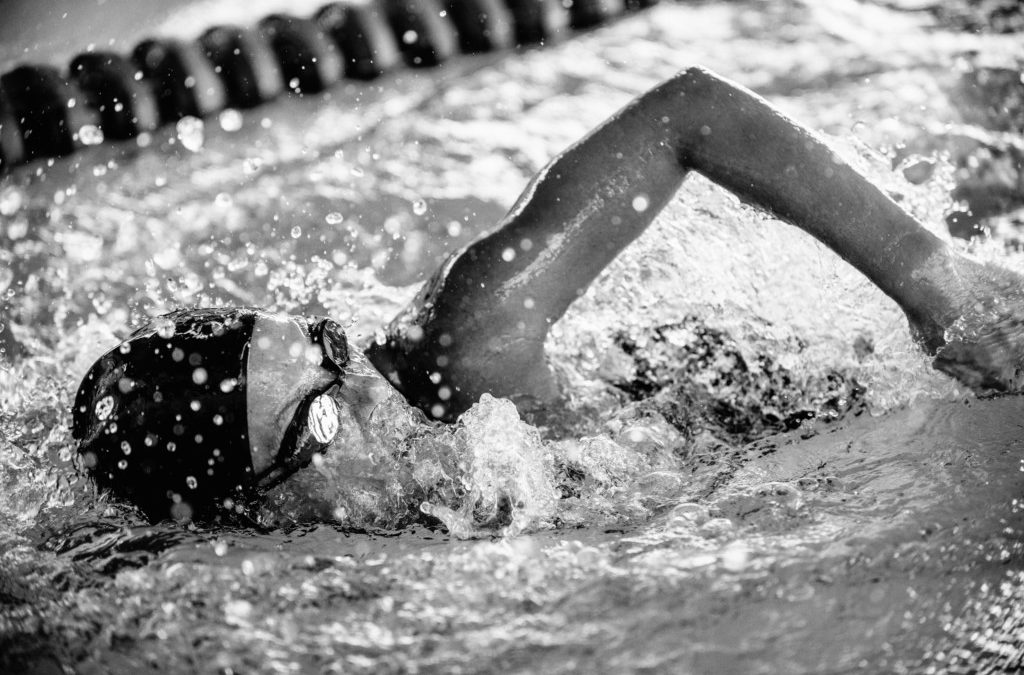When people think of exercise, a lot of them don’t think of the aquatics firstly. Exercise is usually imagined as cardio in the form of running, whether it be on the treadmill or outside around the park. Fitness makes us think of core workouts, strength training and getting under the bar at the gym. However, swimming is a full body exercise that produces many benefits without putting a strain on your muscles, tendons, ligaments and joints. Interestingly enough, swimming is a beneficial exercise for everyone–not just the elderly. Children, teenagers, young adults, middle-aged and elderly people can receive the same benefits from swimming. Let’s dive in…
Which Pool Is Best For Swimming?
 Firstly, think of where you can swim for exercise. Which of your favorite neighbors has a pool? Is it big enough to do laps in? If you live in an apartment, most of them have pools and, based on the size, allow for a bit of movement.
Firstly, think of where you can swim for exercise. Which of your favorite neighbors has a pool? Is it big enough to do laps in? If you live in an apartment, most of them have pools and, based on the size, allow for a bit of movement.
Swimming is a full-body exercise, inside and outside. Everyday life forces us to use certain body parts (and certain muscles) more than others. This leaves us with an imbalance. By breast-stroking or butterflying down your lane over and over, you’re calling forth on muscles that are often forgotten. Muscles once underworked are now being used. Doing laps better balances your overall muscle tone!
Swimming Fights Aging
We all wash our face daily or at least we hope everyone does. No one wants to look older than they are. The most vain people don’t want to even look their age. Swimming is a natural dose of youth and vitality. We snagged this amazing fact from Fitness Magazine: “Scientists say that, even up until your 70th birthday, swimming affects blood pressure, cholesterol levels, cardiovascular performance, central nervous system health, cognitive functioning, muscle mass, and blood chemistry to be much more similar to that of your younger self.” Why not combine the benefits of your daily skin care and swimming to look twice as young? It’s a win-win!
You may not realize it now, but by performing the proper swimming techniques, you incorporate your lungs too. That makes swimming an aerobic exercise compared to anaerobic exercises that we mentioned earlier. Exercising your lungs brings many overall benefits. Your lungs will become stronger. For people with asthma, swimming can be a relief. If chloride impacts your asthma, be sure to swim in chlorine-free or saltwater pools. Swimming outdoors is also recommended to reduce irritation to your lungs.
When the human body is in water, even up to the chest, where the body feels 25{49719dccefdf8f13231f745f8029506257ec6f55a0466a63a6a49aacfde2ef6e} lighter, there is less force present. Our bodies become lighter and therefore are able to move more freely. Freedom in the body immediately translates to pain relief. Think about the elderly for a moment to get a big picture. Many elderly people suffer from arthritis and osteoporosis. Moving through water helps keep the joints healthy and strong. It’s a way to exercise your joints and experience far less pain.
Swimming Is A Stress Reliever
Pinot Grigio is too, but swimming is better because you’re moving instead of sitting. Pregnant women can swim, but have to forego the wine. Going underwater blocks the rest of the world out entirely and puts you in a place of serenity. All the stimulation we are hit with all day every day is completely gone and blocked out. Not even wine can do that!
Now, leave your fitbit in the locker, grab your towel and jump in! Don’t jump in with your towel. If you don’t know how to swim, Erik’s Aquatic Care strongly recommends learning how to swim first. If you know how to swim, but don’t have a pool to swim in, contact us. We’ll make having your own pool easier than joining a health club!
REFERENCES:
- http://www.athletico.com/2012/07/31/the-many-benefits-of-swimming/
- http://www.livestrong.com/article/366684-why-is-swimming-good-for-asthma/
- http://www.fitnessmagazine.com/workout/swimming/benefits-of-swimming/
Erik’s Aquatic Care is always here to answer questions you may have as a current or future pool owner. Cheers!

